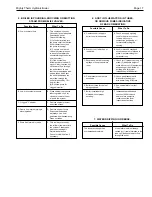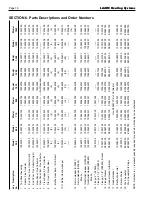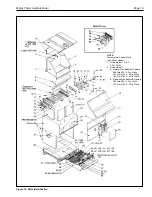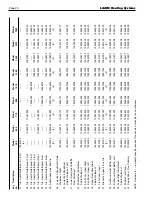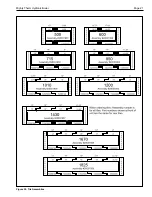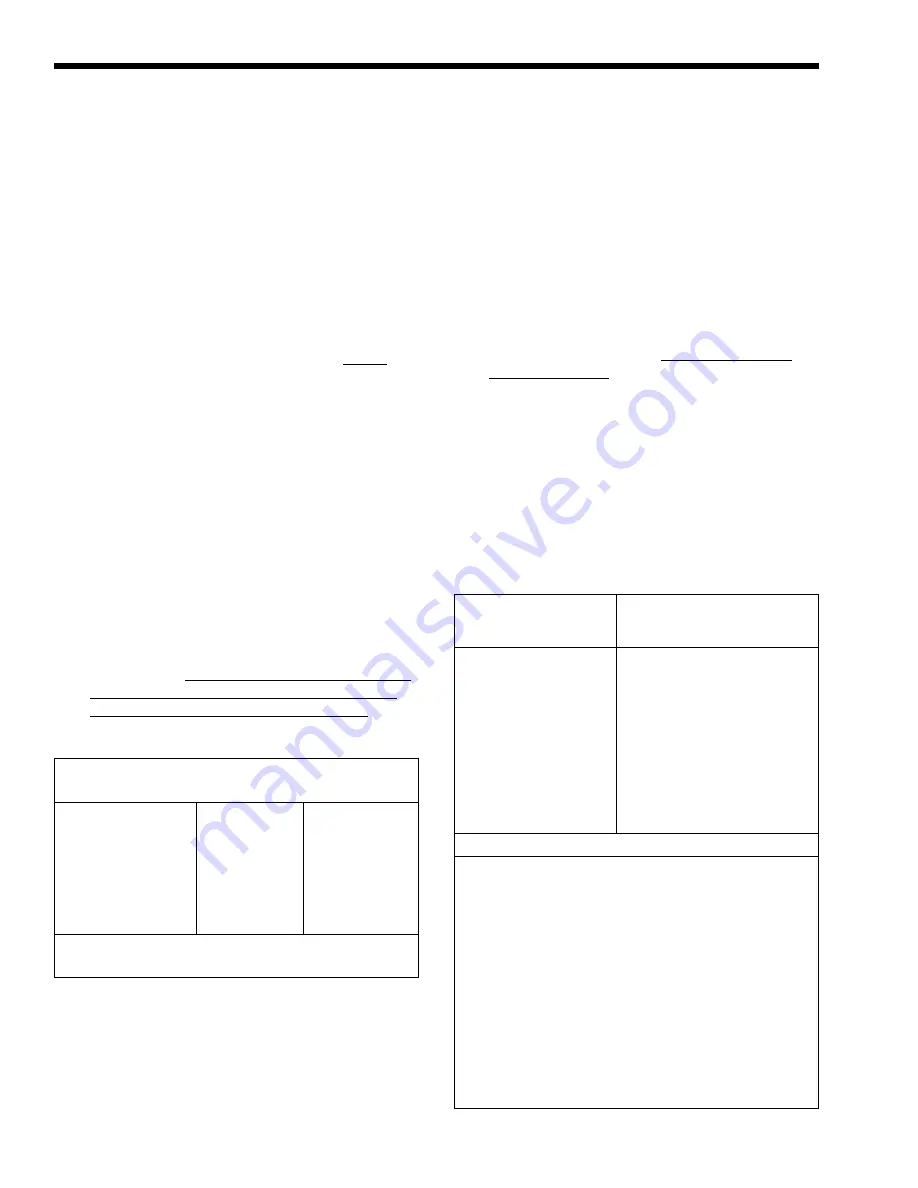
LAARS Heating Systems
Page 6
SECTION 2.
Installation
2A. Boiler Placement
The boiler must be placed to provide specific
clearances on all sides for maintenance and
inspection. There must also be minimum distances
maintained from combustible surfaces. These
clearances also apply to non-combustible materials,
because the boiler requires air circulation for proper
operation.
Boiler should be mounted on a level surface. An
integral combustible flooring base is provided as
standard equipment on all outdoor models. Indoor
models can be installed on a combustible floor with a
special base assembly which is available from the
factory, or with a base that complies with local code
requirements. See rating plate for part number of the
base assembly.
Do not install boiler on carpeting.
Under the National Fuel Gas Code, ANSI
Z223.1, it is permissible to place the boiler on floors
other than non-combustible when the installation
complies with the American Insurance Code. Figures
5, 6, 7, and 8 show common installation on
combustible flooring.
2B. Installation of Indoor Boilers
1.
Locate the boiler to provide adequate
clearance for inspection and service on all sides
(see Table 2). We recommend minimums of 24"
from front (for proper access to and service of
controls) and 18" at water connection end. For
alcove installation, see Figure 9.
2B-1. Combustion Air Supply
1.
The boiler location must provide sufficient air
supply for proper combustion and ventilation of
the surrounding area as outlined in the latest
edition of ANSI standard Z223.1 and/or in
Canada CAN 1 - B1 49 requirements, and any
local codes that may be applicable. Inadequate
combustion air supply may result in incomplete
combustion, sooting of the heat exchanger, and
unsafe operation of the boiler.
2.
(a.) In the United States, the general
requirements specify that boiler rooms should be
provided with two permanent air supply
openings communicating directly through the
wall to outside air; one within 12 inches
(305mm) of the ceiling, and the other within 12
inches (305mm) of the floor. Each opening
should have a minimum free area of one square
inch per 4,000 BTUH input of the total input
rating of all appliances in the enclosed area. See
Table 3 for recommended air supply for each
model. An improperly ventilated equipment
room can get excessively hot and cause
accelerated deterioration of controls and
electrical components.
Table 2. Minimum Boiler Clearances
From Combustible Surfaces.
Clearance
Indoor
Outdoor
From
inches mm
inches mm
Top
30
762
unobstruct
Water Conn. Side
12
305
24
610
Opposite Side
6
152
24
610
Front
Alcove
Unobstruct
Rear
8
203
24
610
Vent Pipe*
6
152
—
Hot Water Pipes
Per Code
Per Code
*1" when using type B Vent (refer to Manufacturer's
Instructions
2.
Install the boiler on a waterproof floor with an
adequate floor drain and a 6" (152mm)
minimum curb on all four sides to protect the
building if boiler repairs are required.
The
manufacturer will not be held liable for any
water damage in connection with this boiler.
Table 3. Minimum Recommended
Air Supply to Boiler.
Boiler
Each Opening*
Model
Sq. Inches
Sq. cm
500
125
806.5
600
150
967.8
715
179
1154.9
850
213
1374.3
1010
253
1632.4
1200
300
1935.6
1430
358
2309.8
1670
418
2696.9
1825
457
2948.6
*Net Free Area in Square Inches
Area indicated is for one of two openings; one at
floor level and one at the ceiling, so the total net
free area could be double the figures indicated.
For special conditions refer to the latest edition of
ANSI Z223.1.
Consult factory if not communicating directly
through the walls with the outdoors.
Note:
Check with louver manufacturers for net
free area of louvers. Correct for screen
resistance to the net free area if a screen is
installed. Check all local codes applicable to
combustion air.

















